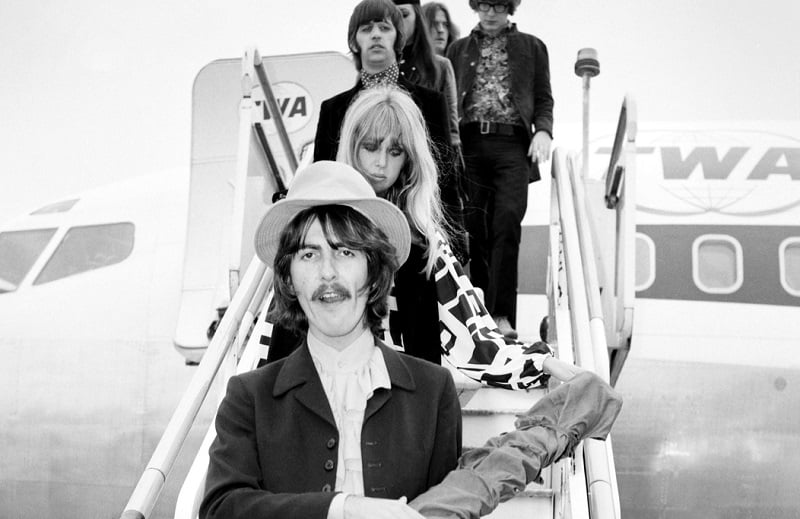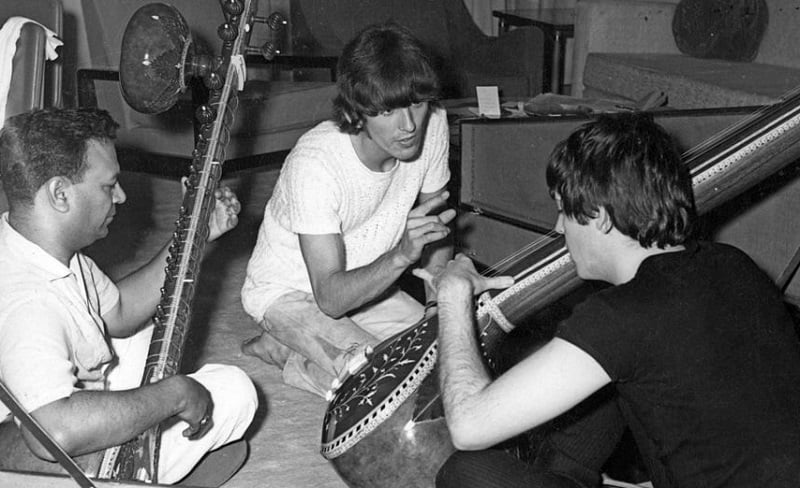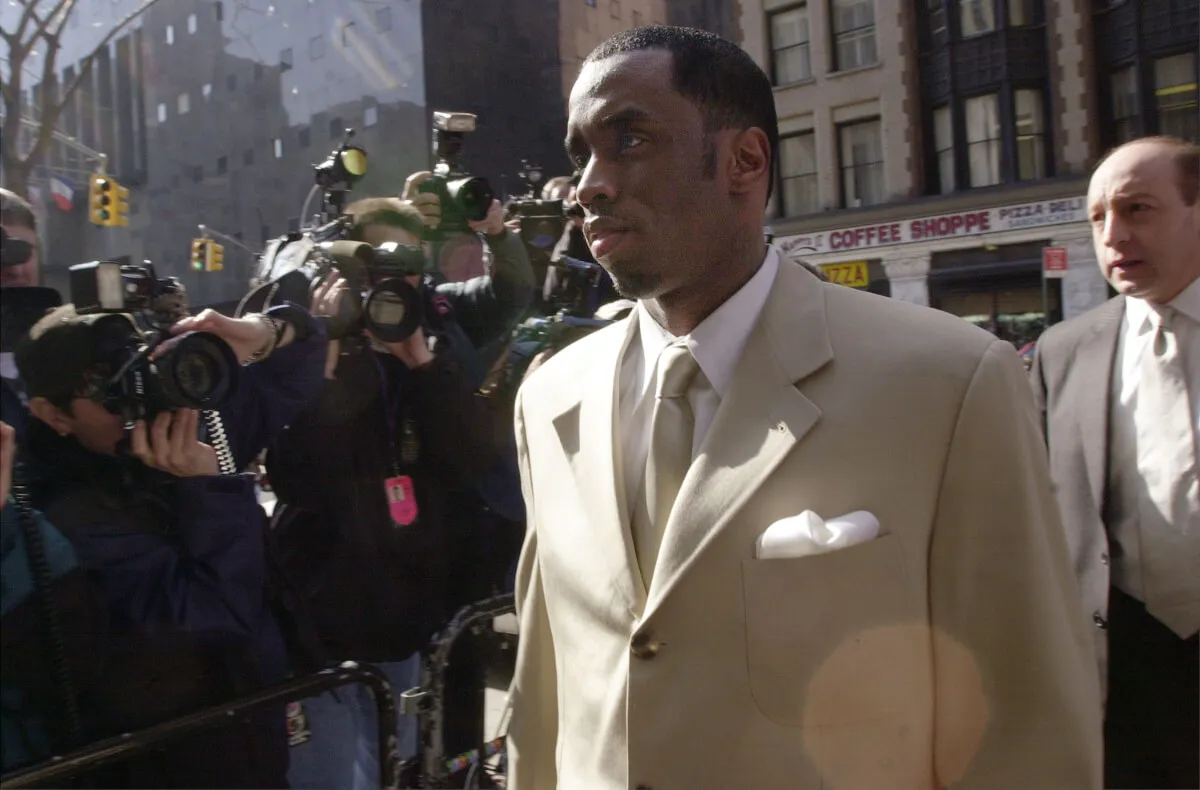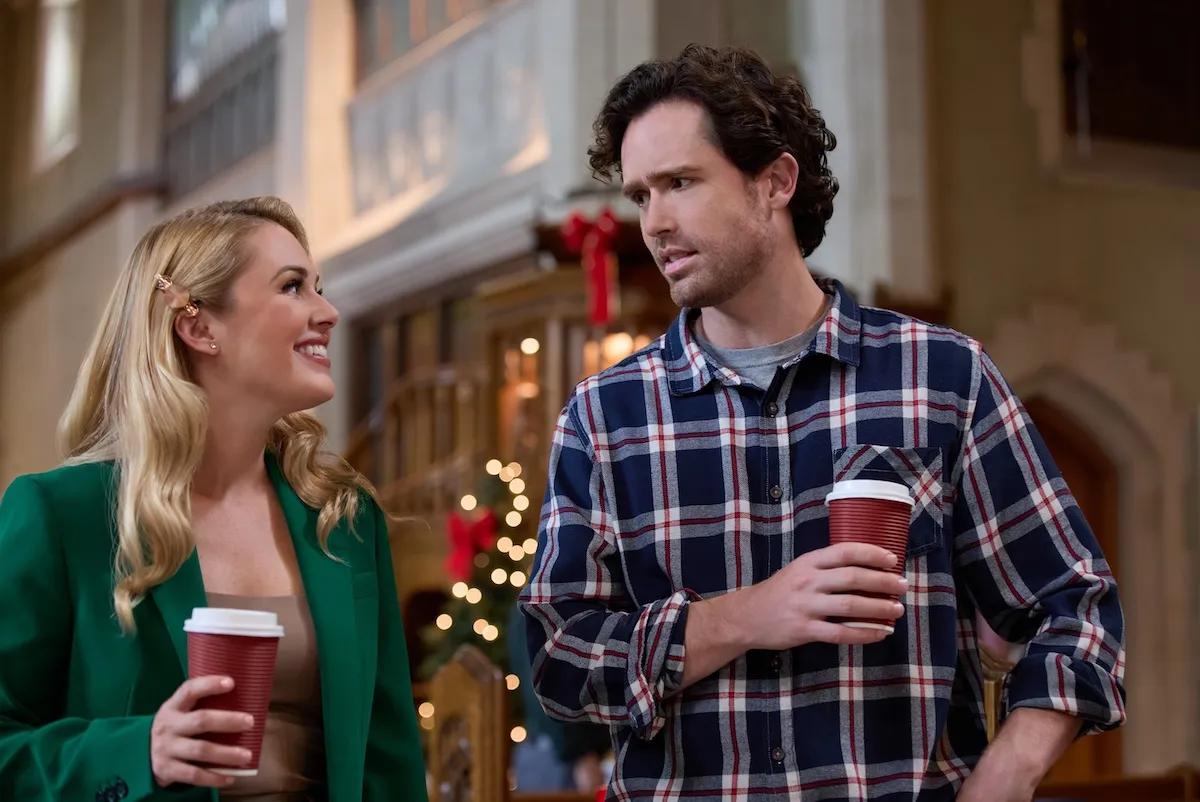The First Beatles Song George Harrison Played the Sitar on
As The Beatles were recording the groundbreaking Revolver album, an odd thing occurred in the annals of rock ‘n’ roll history. On “Taxman,” a track written and sung by George Harrison, Paul McCartney played the guitar solo instead of George (the band’s lead guitarist).
In other bands, taking a solo from the lead guitar player would be unthinkable. (Imagine someone suggesting such a thing to Jimmy Page or Jimi Hendrix.) But for George, it wasn’t the end of the world. Later, he even said he was “pleased” to have Paul solo on his song.
There were a few reasons for George’s acceptance. One, he had enough on his mind trying to get the vocal and rest of “Taxman” right. Meanwhile, he said he’d gotten so into the sitar he hadn’t really played much guitar the previous year.
That shift in his thinking began as he got interested in Indian music. It all began when he played the sitar on a Beatles record — one of the first times the instrument could be heard on a Western pop recording.
George’s sitar work on 1965’s ‘Norwegian Wood’ was a defining moment for him.

While filming the movie Help! in spring 1965, George became acquainted with the sitar that was a prop on the set (and an instrument used in the soundtrack score). Soon after, he bought a sitar from a shop in London and began fiddling around with it.
That fall, as the band was recording Rubber Soul, John Lennon asked George if he could play the “Norwegian Wood” riff on his sitar. George figured it out and the studio engineers dubbed it on top of the song’s tracks.
That recording stood out on the rock scene of the mid-’60s. Though other bands had attempted to use Eastern sounds on their records, the Fab Four’s release of Rubber Soul in late ’65 featured one of the first authentic sitar parts ever heard on a Western record.
“It was such a mind-blower that we had this strange instrument on a record,” Ringo later said. And it changed the way George Harrison thought about music.
George played sitar on 2 tracks from 1966’s ‘Revolver.’

When the Fab Four went to record Revolver in April of ’66, George had put in some work on the sitar and other instruments. On the first track the band recorded — John’s haunting “Tomorrow Never Knows” — George played sitar and tambura in addition to guitar.
George had three songs of his own on Revolver, his high-water mark on that front. On “Love You To,” the Beatles hit fans with a song that was completely in the Indian style. Again, George played sitar while other musicians played the tabla and tambura (in addition to another sitar).
When it came time to make Sgt. Pepper’s, George remained engrossed in Indian music. “Within Without You,” his only song on that record, sounds like an Indian band backing a Beatles vocalist.
By The White Album (1968), George’s songwriting took a turn back to pop styling and Western instrumentation. It stayed that way for Abbey Road and much of George’s solo work.
Also see: The Paul McCartney ‘Revolver’ Songs That Even John Lennon Raved About


